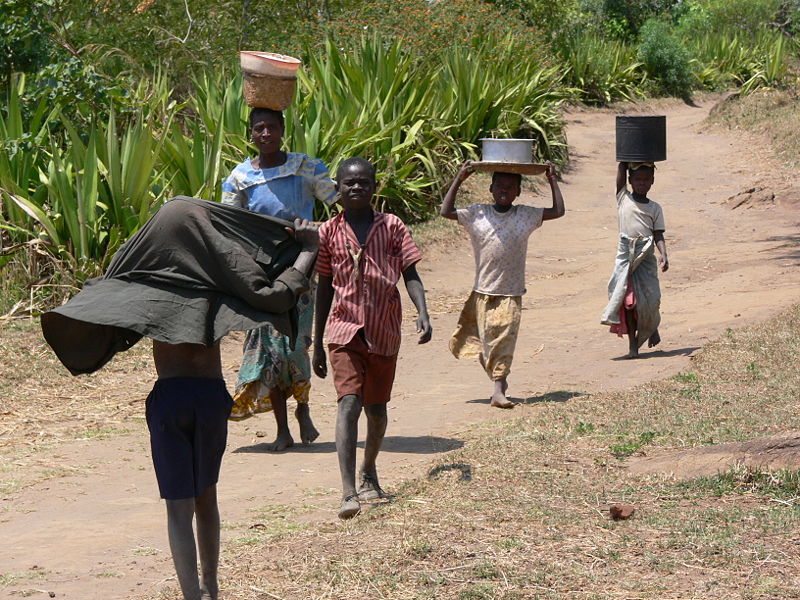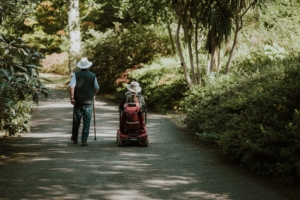 Founded in 2018, Living With Hope is an organization that is devoted to providing resources and training for people with disabilities in Africa. South Sudan native Michael Panther was left in a wheelchair due to illness and war in his country. After receiving care himself, Panther built Living With Hope to offer support for this often marginalized demographic.
Founded in 2018, Living With Hope is an organization that is devoted to providing resources and training for people with disabilities in Africa. South Sudan native Michael Panther was left in a wheelchair due to illness and war in his country. After receiving care himself, Panther built Living With Hope to offer support for this often marginalized demographic.
People living with disabilities anywhere in the world face challenges, but these challenges are especially tough for those living in Africa. Approximately 80 million people in Africa are living with mental or physical disabilities and the barriers that they face every day have fundamental impacts. Some families in Africa feel ashamed of members who have disabilities and will sometimes hide them from the community to avoid social stigmas, discrimination and even death. There is a substantial lack of medical care or services to help people with disabilities in Africa and the widespread poverty in the country means that the needs of able-bodied people are put before those of disabled people.
The Treatment of People with Disabilities in Africa
The treatment of people with disabilities is not only lacking in comparison to the rest of the population, but also in comparison to each other. A study published in the 2016 African Disability Rights yearbook found that parents of girls in Africa with disabilities are more likely to abandon or kill their daughters at birth and the girls who survive are more likely to be victims of abuse as they grow up. Women with disabilities are three times more likely to have unmet needs for health care and two times less likely to find jobs.
Mental and physical disabilities disproportionately affect African people living in poverty as this population has little to no access to medical care. Around 20% of people with disabilities are living in the poorer regions of Africa. Additionally, 35 million people who require a wheelchair do not have access to one and are not granted the mobility to attend school or work, surrendering them to a life in poverty.
Mobility Device Distribution from Living with Hope
Living With Hope is helping people with disabilities in Africa by teaching them skills that will help them achieve their potential and live independently. It collaborates with other international disability ministries to change the conversation surrounding people with disabilities by reaching out to families, schools, churches and local organizations to strengthen awareness and action. Living With Hope mainly focuses on mobility device distribution, such as manual wheelchairs, crutches, walkers and canes, as well as wheelchair cushions and trays. It allows donors in various locations to drop off any mobility device they are willing to donate or make a payment to the organization so that they can purchase one. Living With Hope is also helping people with disabilities in Africa by working to raise funds to send affected children to school, so that they may grow up to participate in society as adults.
A Look Ahead
Africans facing the challenges that come with having a mental or physical disability are severely under-acknowledged and underserved. Very little research has been done on this population, which is necessary to design effective intervention plans. Organizations similar to Living With Hope are trying to help people with disabilities in Africa by raising awareness for and expanding the discussion surrounding this community.
– Ava Lombardi
Photo: Unsplash
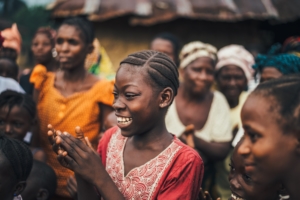 Madagascar’s exotic flora and fauna belie a broken and underdeveloped health information system. According to the World Health Organization (WHO), the probability of dying by the age of 5, per 1,000 live births
Madagascar’s exotic flora and fauna belie a broken and underdeveloped health information system. According to the World Health Organization (WHO), the probability of dying by the age of 5, per 1,000 live births 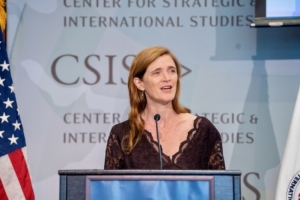 The Horn of Africa is suffering from its worst drought in 40 years, a crisis that has killed millions of livestock and plunged millions of people into food insecurity. In response to this historic drought in Africa, the U.S. Agency for International Development (USAID) has pledged
The Horn of Africa is suffering from its worst drought in 40 years, a crisis that has killed millions of livestock and plunged millions of people into food insecurity. In response to this historic drought in Africa, the U.S. Agency for International Development (USAID) has pledged 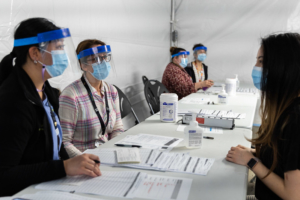 While the COVID-19 vaccine has helped to reduce destruction and devastation from the pandemic, the virus is still spreading across the globe. According to Dr. Peter Hotez “organized hostility against the scientific community,” may be public health’s biggest enemy. However, on a global scale, the most serious threat is the lack of vaccine diplomacy and effective health care in geopolitics. Solving this crisis requires the United States and other western countries to prioritize the distribution of pandemic response resources so that everyone can lead healthy, safe lives regardless of their location.
While the COVID-19 vaccine has helped to reduce destruction and devastation from the pandemic, the virus is still spreading across the globe. According to Dr. Peter Hotez “organized hostility against the scientific community,” may be public health’s biggest enemy. However, on a global scale, the most serious threat is the lack of vaccine diplomacy and effective health care in geopolitics. Solving this crisis requires the United States and other western countries to prioritize the distribution of pandemic response resources so that everyone can lead healthy, safe lives regardless of their location. In late June 2022, the CDC and FDA approved the emergency use of COVID-19 vaccines for young children such as Pfizer and Moderna for children ages
In late June 2022, the CDC and FDA approved the emergency use of COVID-19 vaccines for young children such as Pfizer and Moderna for children ages  Iraq has
Iraq has 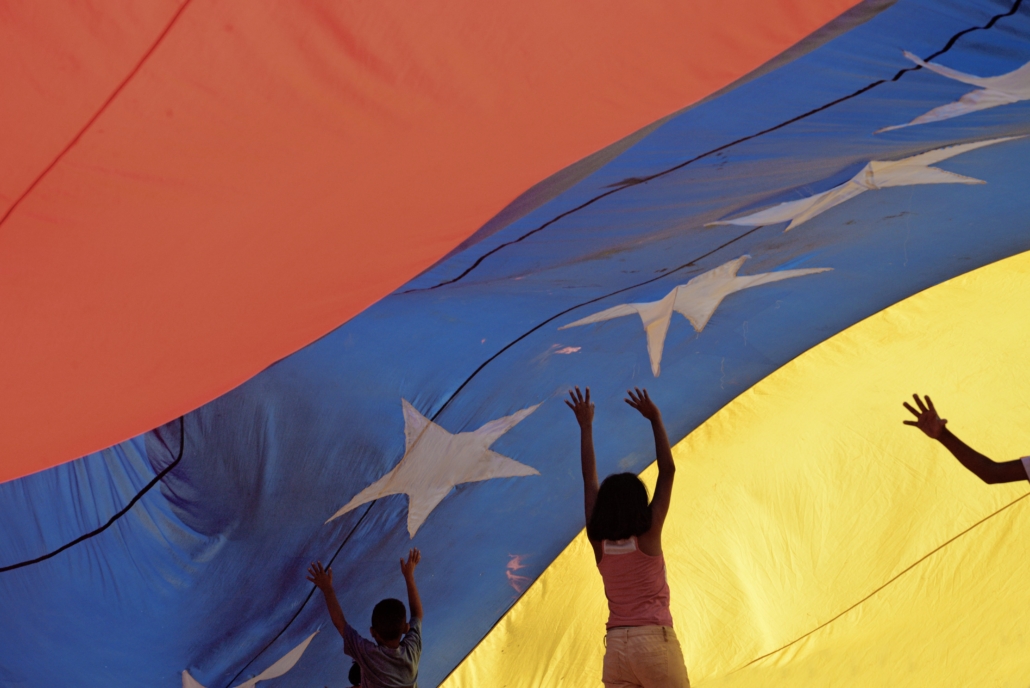
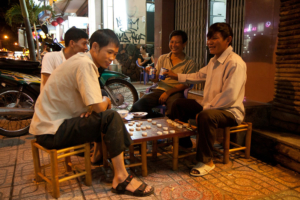 While Vietnam’s growth and development have led to
While Vietnam’s growth and development have led to 